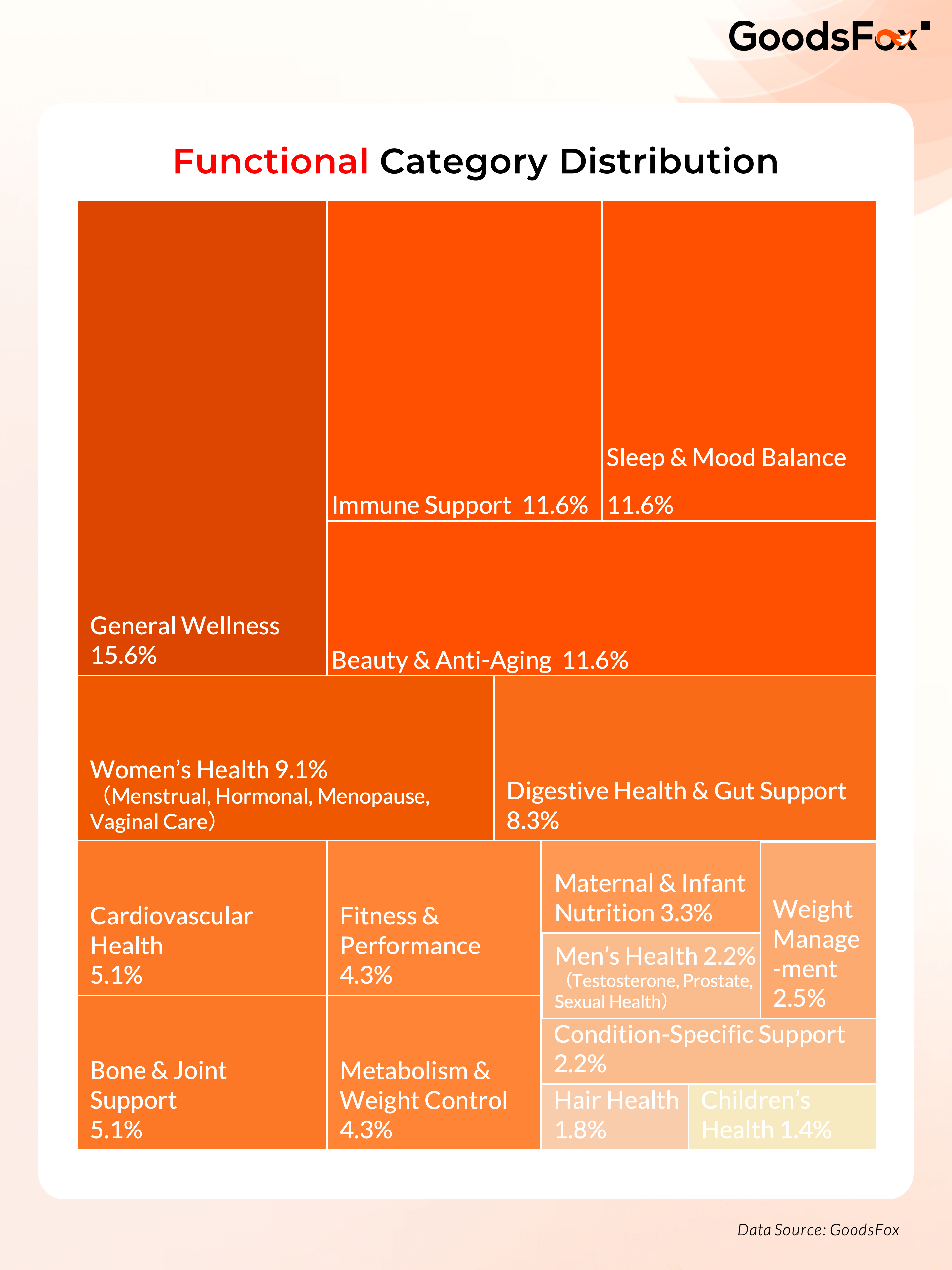
Amid strict advertising regulations and a market that depends heavily on repeat purchases, one brand stands out—Happy Mammoth, an Australian DTC supplement company that achieved $14 million in annual revenue.
How did they do it—and what can other health brands learn from their playbook?
01 The Anxiety-Driven Business: Growth Hurdles in Health Supplements
Growth follows a loop: insight → product → market reach.
Supplements must clear challenges at every stage.
-
First is demand.
Healthy consumption is not as direct as buying water when you are thirsty. It is more of an anxious consumption.
Many buyers act only after noticing symptoms or fearing future issues. This leads to long education cycles and weak repurchase momentum.
Also, demand is fragmented.
Some niches are too narrow to find users; many brands tell similar stories.
The “greatest common denominator” must be found to differentiate.
-
Second is product.
Supplements deliver slow results and rely heavily on repeat buying.
A brand must not only sell the first bottle but convert a skeptical stranger into a loyal customer over time.
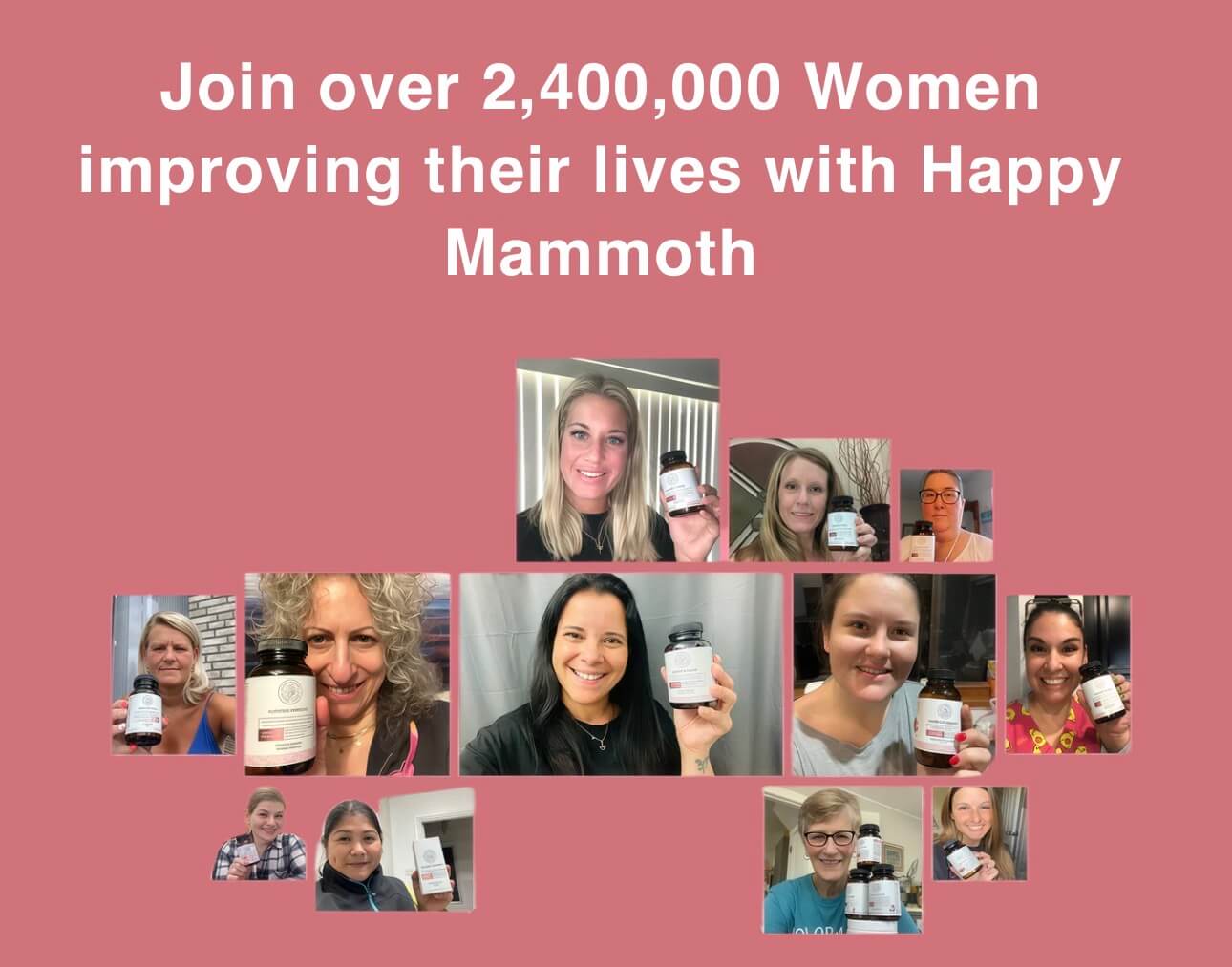
Source: Happy Mammoth
-
Third is marketing conversion.
Since 2019, Google and Meta have tightened policies around health ads. Any claims about disease treatment, mechanism improvement, or efficacy may get ads rejected.
Marketers also promote ethical advertising, meaning no fear mongering, no shame tactics.
But health brands can’t avoid emotional messaging altogether. The question: how to speak within rules?
The answers lie in what Happy Mammoth has done.
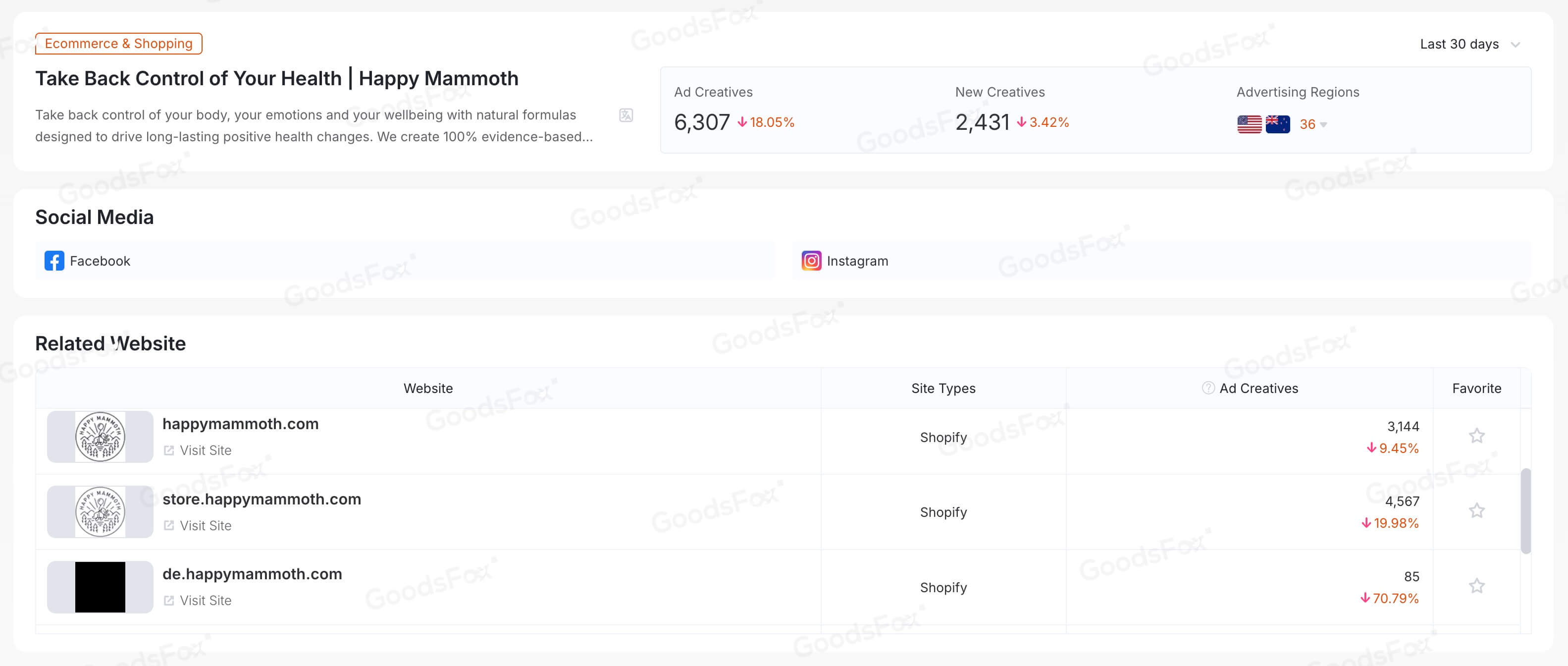
Source: GoodsFox
02 They Skip the Clinic but Trust a Supplement Brand
Happy Mammoth’s breakthrough is focusing on a clear audience: menopausal women.
These women wrestle with sleep troubles, weight gain, and anxiety—but avoid relying on drugs or hormones.
Even in the U.S., where medical systems are advanced, the out-of-pocket cost to diagnose “perimenopause” can reach hundreds of dollars.
According to AARP, over 60% of surveyed women received no treatment, citing medical cost as a barrier.
Outside of the expensive medical system, health anxiety has become a business opportunity.
In response, many women bypass clinics and choose DTC supplement brands like Happy Mammoth. No prescription, no queues, transparent pricing.
To "selling the first bottle", Happy Mammoth designed a process:
On their website, users first encounter a survey about mood, sleep, cycle state—essentially a cognitive funnel. The system recommends a formula and also offers a 14% discount via email.
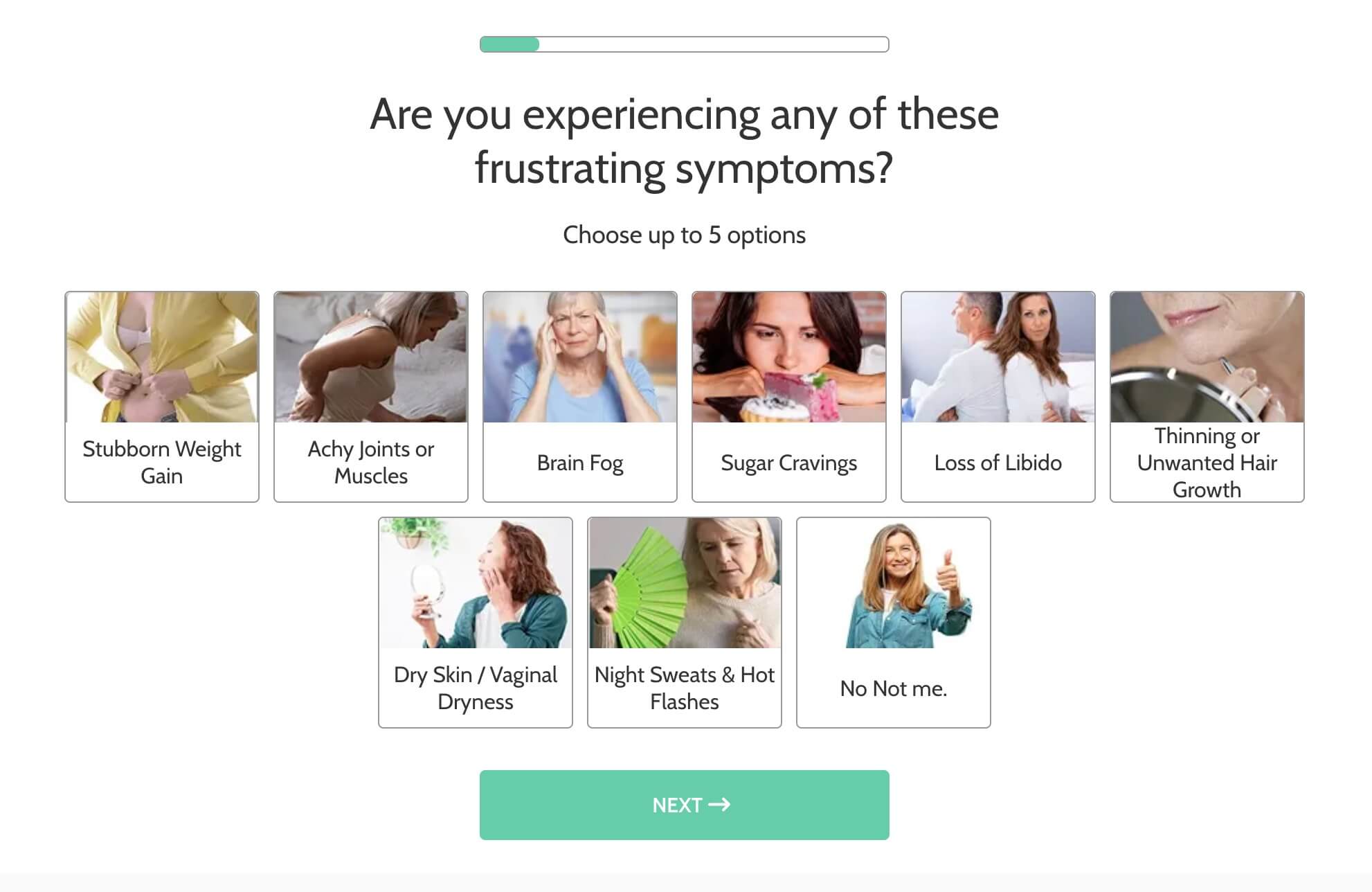
Source: Happy Mammoth
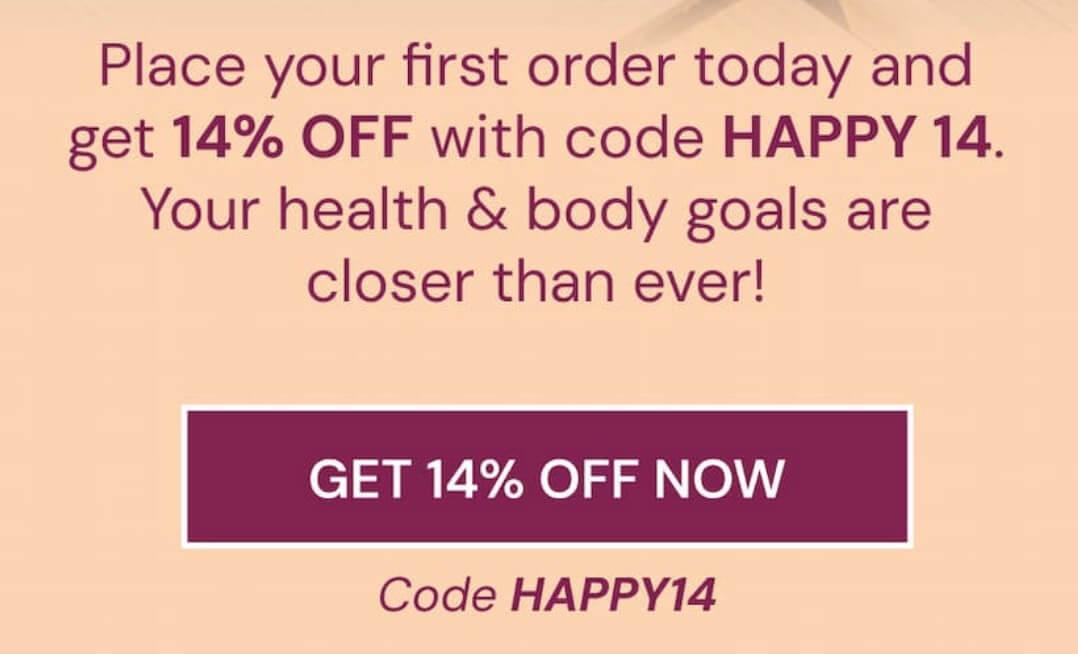
Source: Happy Mammoth
In addition to direct sales, Happy Mammoth runs an affiliate program. Both creators and distributors can earn commissions by promoting their products, replacing direct ads with a trusting relationship.
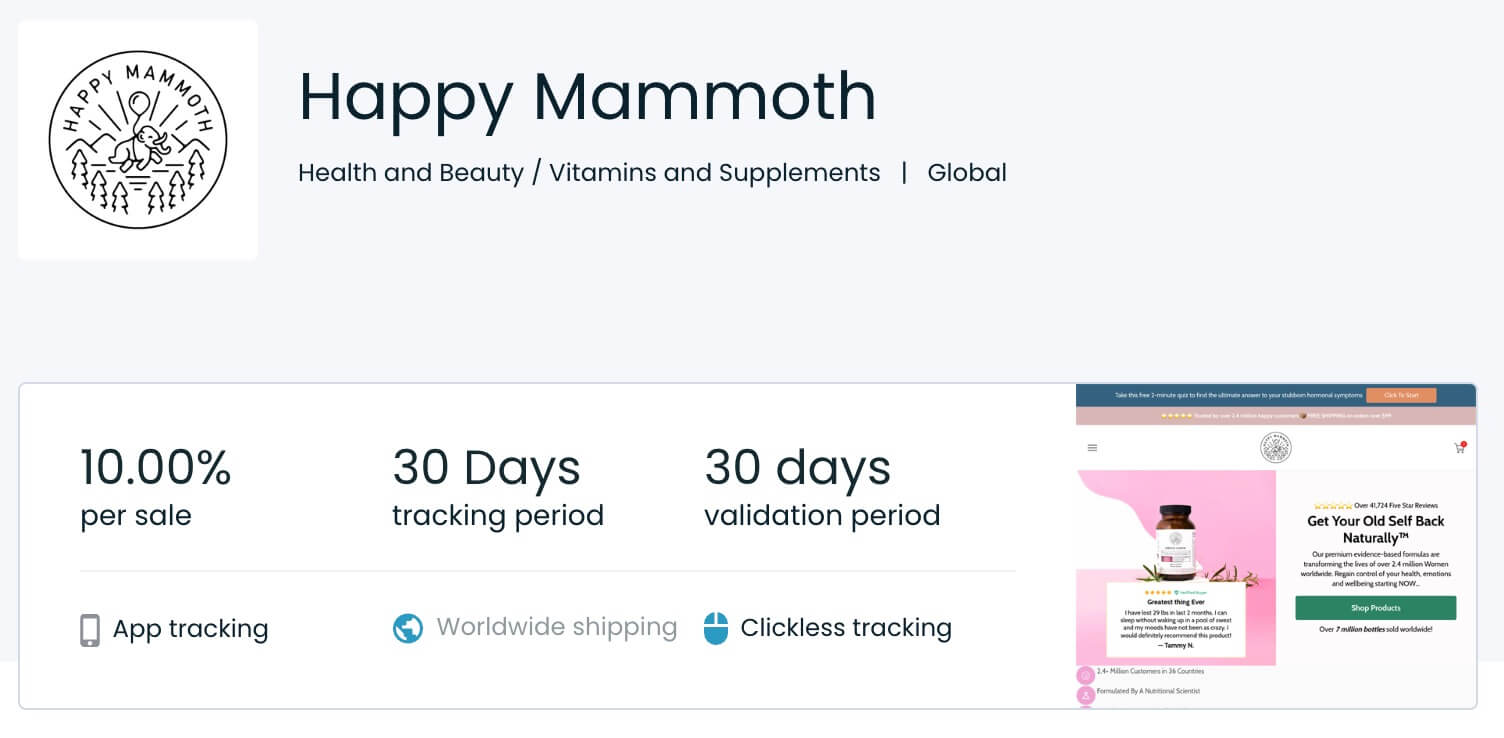
Source: Commission Factory
Besides, Happy Mammoth runs a “Share Happiness” referral plan: both referrer and referee get $30 off, referrer can even get free products and high points.
Social virality helps them expand reach at low cost.
But the real profit lies in subscriptions, not one-time buys.
Their “Happy Credits” membership system works beautifully:
-
Low threshold rewards:the first three purchases earn double points and gift items, with the third often redeemable for a free product. This helps users feel value early.
-
Periodic traction:After three buys, point growth slows, but periodic bonus gifts and coupons maintain stimulus.
-
Long-term value binding:Over time, users stack enough points to redeem more products, binding them gently but firmly into a subscription → points → redemption loop.
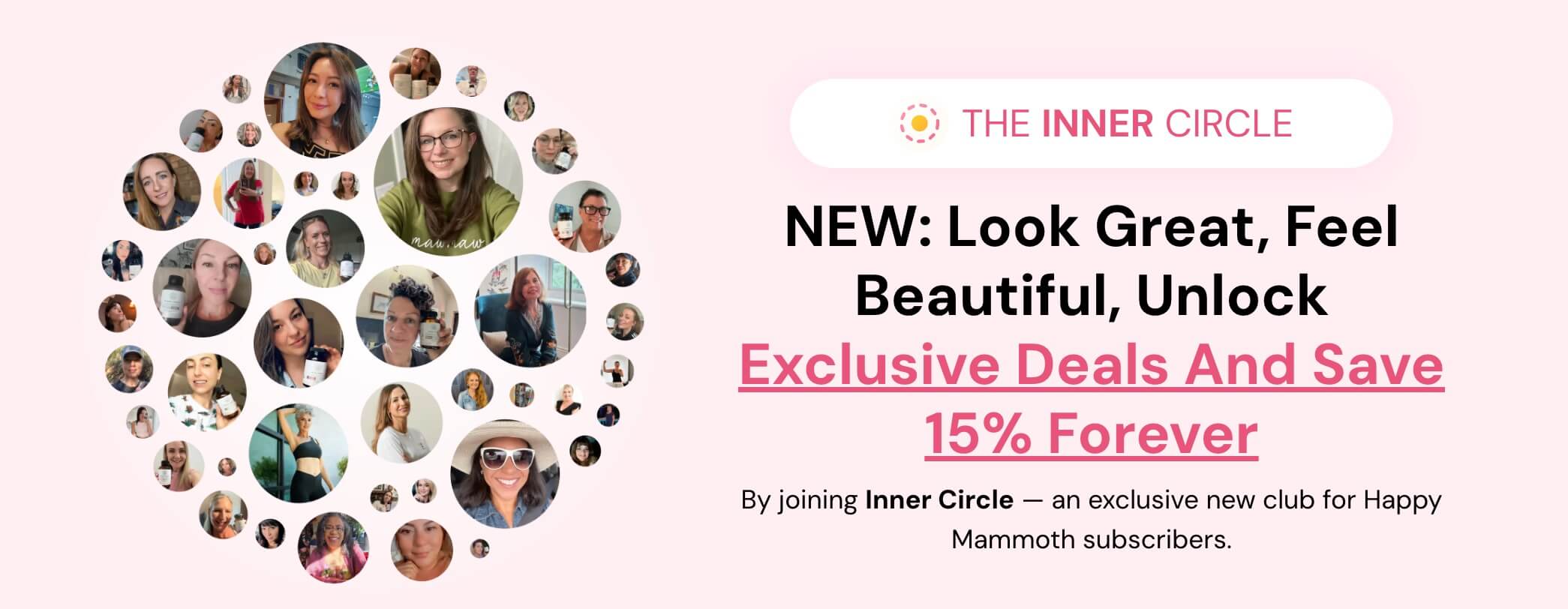
Source: Happy Mammoth
Users gradually invest time and money, creating sunk cost, linking them to the brand without heavy pressure.
03 Multi-Touch Marketing Strategy
Happy Mammoth’s marketing spans three layers: lifestyle reach, emotional resonance, and educational persuasion, each channel playing a role.
-
YouTube: long-form content builds trust.
Early content focused on brand stories and user reviews. For example, many of the "Happy Mammoth Review" themes share user experiences and before-and-after comparisons.
In the age of Shorts, those longer videos get repurposed into snippets, lowering the barrier for discovery.
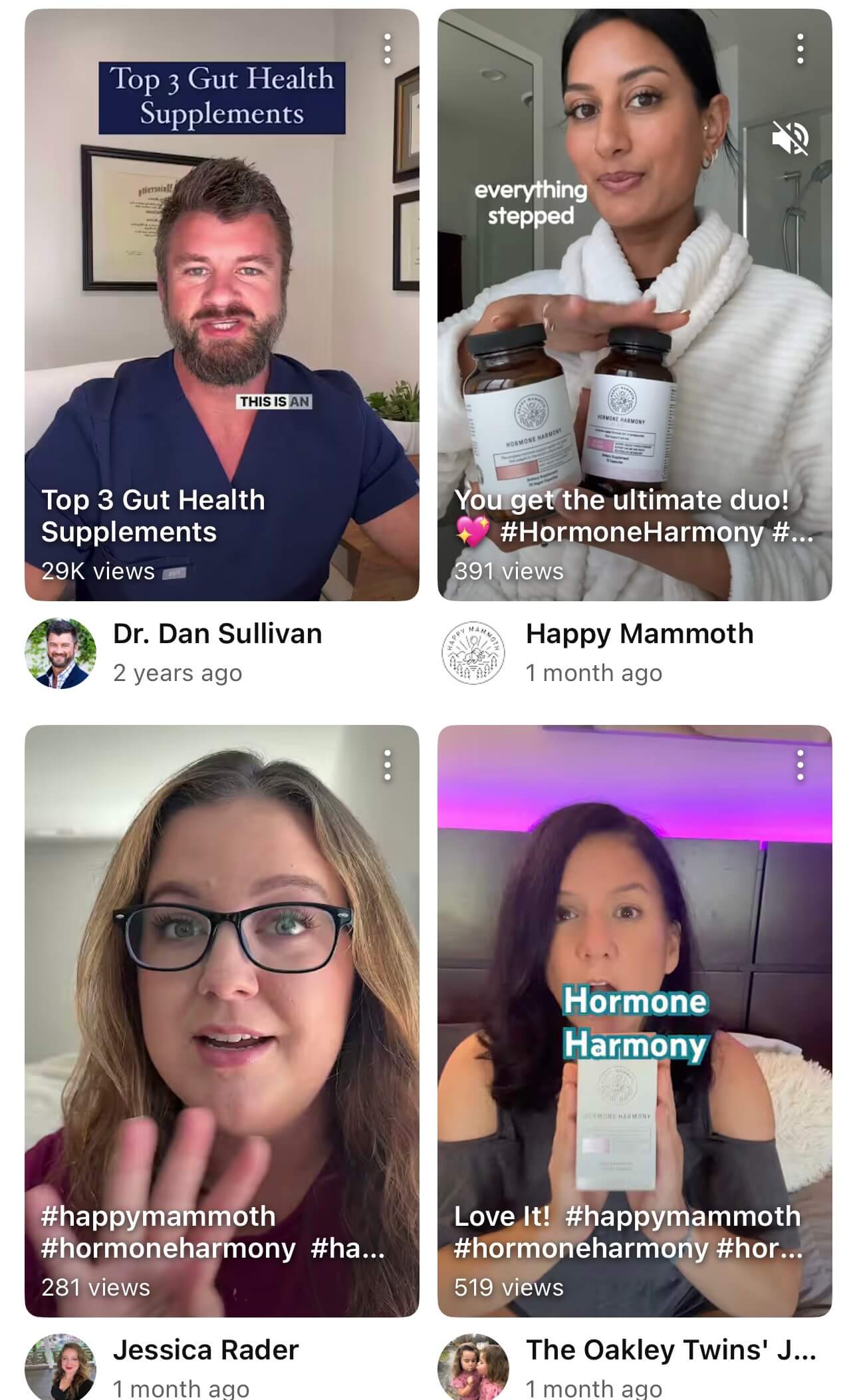
Source: YouTube
Some male creators break the mold, analyzing ingredients and studies, bridging emotional appeal and scientific credibility.

Source: YouTube
-
TikTok: lifestyle scenes drive soft discovery.
On TikTok, where young users gather, brands tend to showcase "refined and healthy life": for example, women making fruit smoothies, practicing yoga, and making homemade healthy desserts in the office or at home.
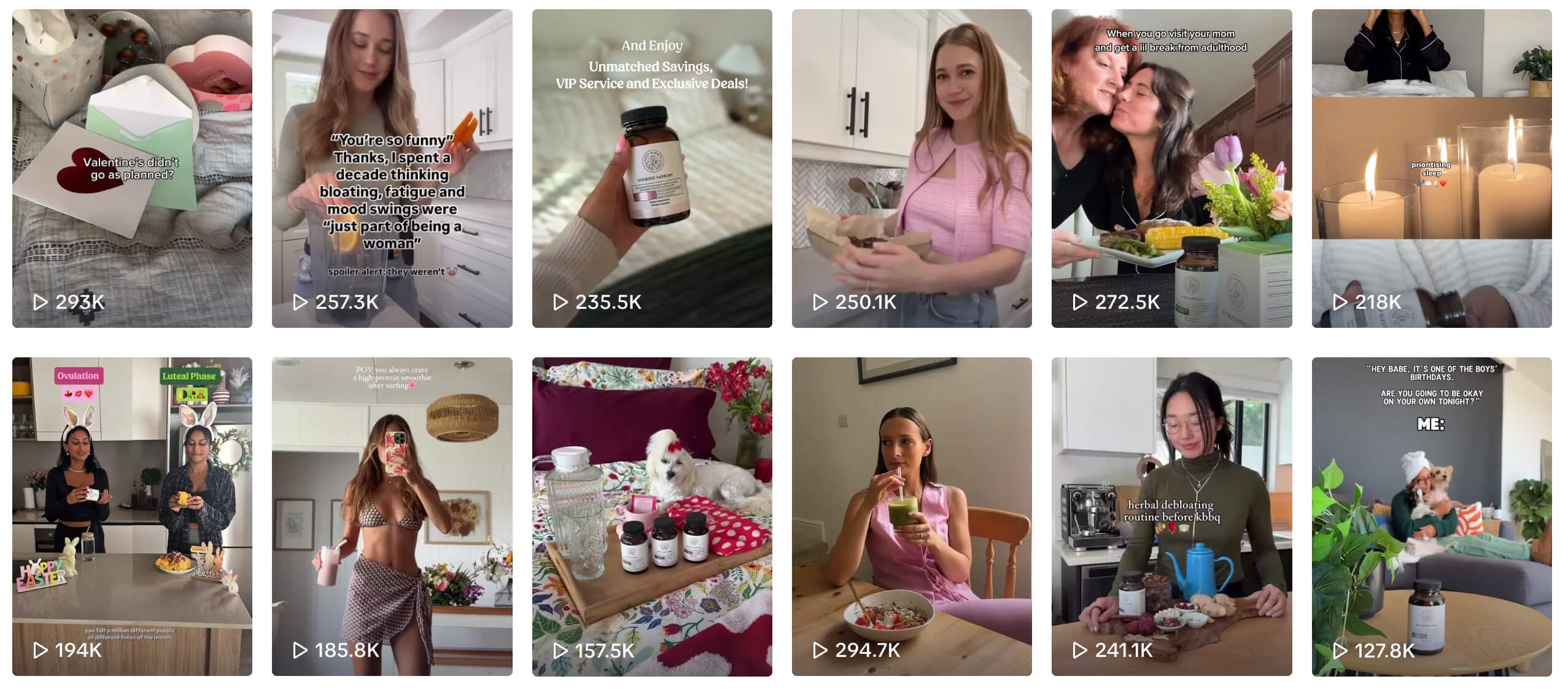
Source: TikTok
The brand becomes part of “my ideal life.”
-
Instagram/Facebook: emotion-driven conversion.
Ad creatives tap into users’ pain points, use before-after visuals, meme trends, and USP highlights to spark empathy and purchasing decisions.
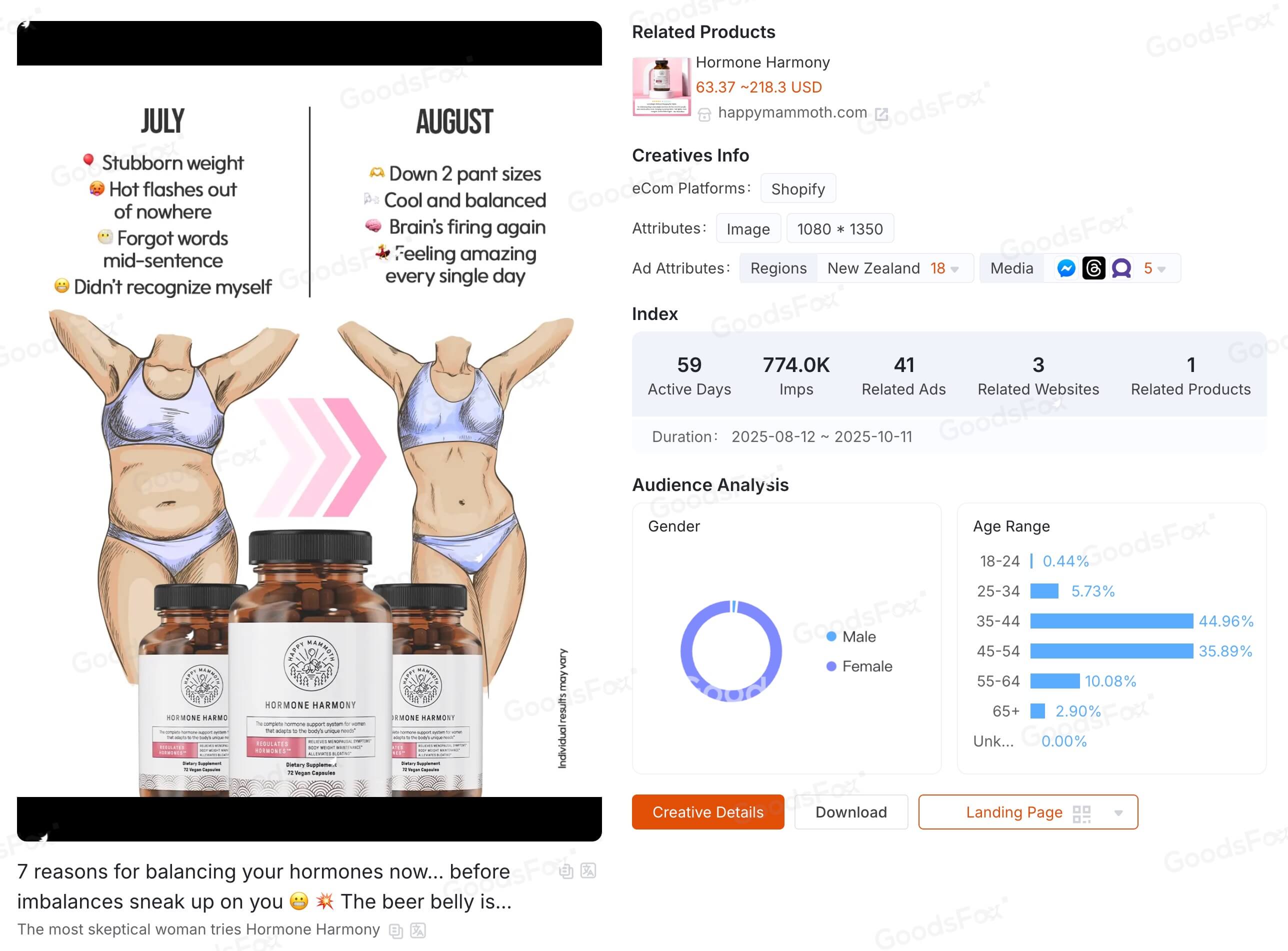
Source: GoodsFox
-
Blog content: authority building via education.
Blog posts cover menopause symptoms, natural therapies, diet, mental health, gut and hair health, citing Mayo Clinic, The Lancet, etc. This reduces doubts about product claims and guides to precise needs.
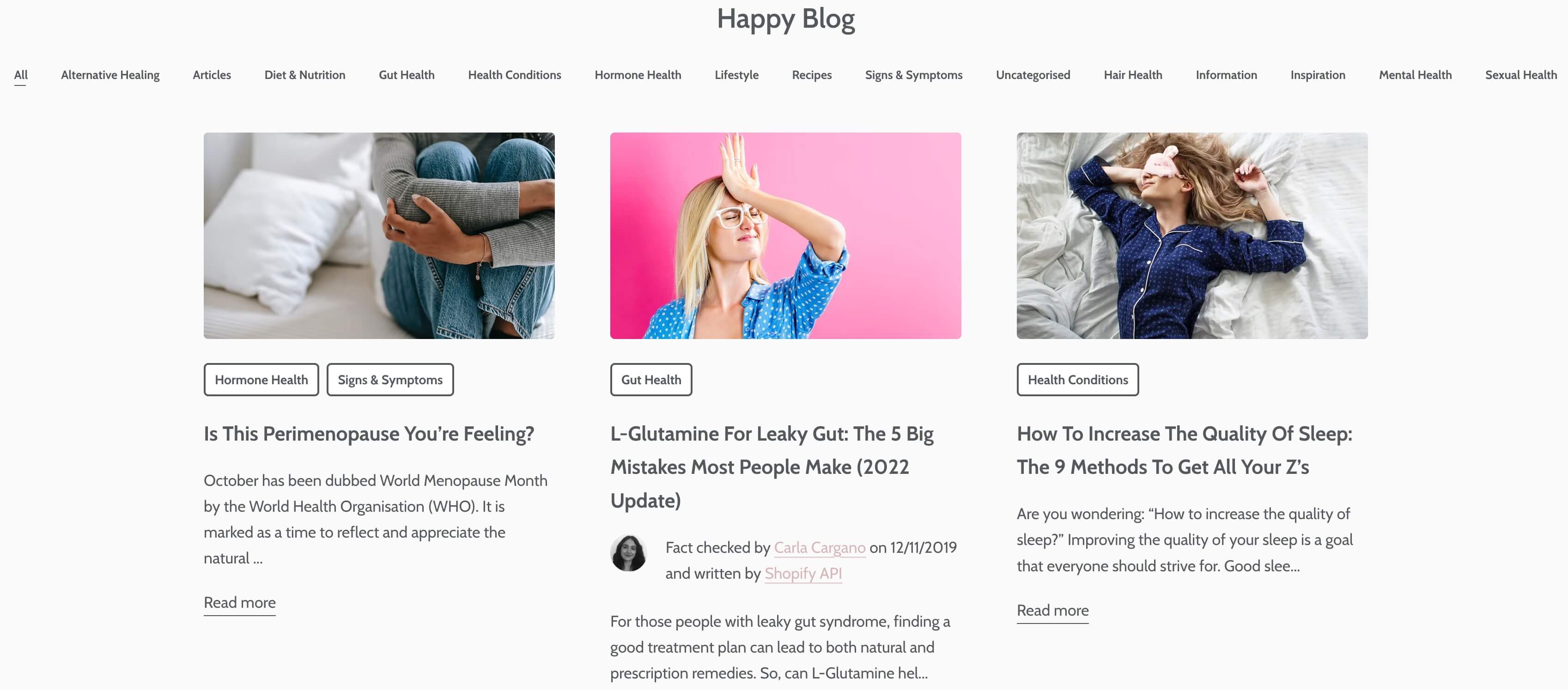
Source: Happy Mammoth
-
Community & user reviews: the final seal of trust.
Beyond their site, Happy Mammoth collects real reviews on platforms like Trustpilot, emphasizing tangible benefit terms such as “less bloating,” “better sleep,” “emotional balance.”
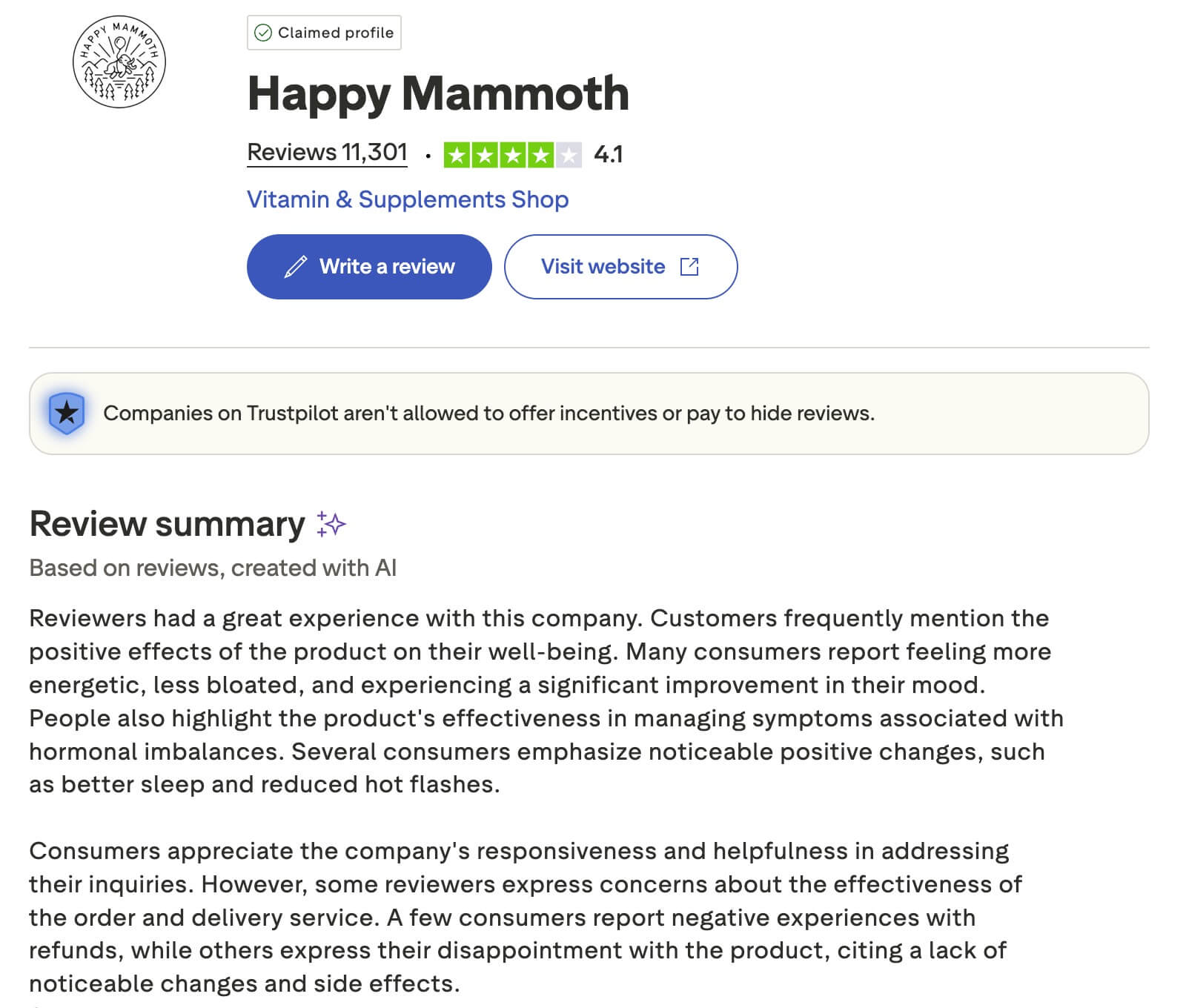
Source: Trustpilot
These UGC assets become proof points that lower the decision cost for new buyers.
In the supplement market, success isn’t just selling across channels—it’s finding the right voice and saying the right message.